Saudades for São Paulo
If you close your eyes in the middle of São Paulo and listen, chances are you’ll hear birds sing. At least I do, on the balcony of our flat, not far away from Paulista Avenue, one of the main traffic veins of the city. Traffic, one could claim, is one of the main landmarks of the city. Things got quite bad in Brussels during the rush hour, but those baby traffic jams were nothing compared to São Paulo’s infamous ‘engarrafamentos’ (literally ‘bottlings’). If you get caught in one of them, a half-hour journey can quickly turn into a two-hour frustration, filled with impatience and motorcyclists slaloming every which way.
To be fair, I knew virtually nothing about São Paulo before we moved here four years ago. As the weeks to our departure inevitably thin, I find myself filled with longing. Saudades, as the locals would say, the kind of longing that’s neither nostalgia nor homesickness, but somewhere in-between. I’ve always loved big cities and lived in quite a few, but none compare to São Paulo.
This metropolis is a place of contrasts: modern, yet green, with lush trees and parks scattered around the city, it’s almost impossible to drive through a street without witnessing tropical vegetation. It’s the richest city in Brazil, and the most expensive one too, yet homeless people’s tents have more than doubled since the pandemic and frequently surround parks and other urban areas. On the one hand, there are luxury condominiums and private houses with their guarded gates, swimming pools and many cars to accommodate for the city’s ‘rodízio’, the number plate alternation system that is supposed to help lessen traffic. On the other, people who have found their home on the streets, under bridges, along the banks of the River Tietê.
Despite its contrasts, São Paulo is an incredibly warm and welcoming city. The few friends who visited were surprised how much the city has to offer, from its many museums and galleries to theatres, markets, bookshops and restaurants. There are more than 20 000 restaurants and 30 000 bars. Because of Brazil’s turbulent history and rich diversity, you’ll find all types of cuisine, from regional Brazilian to Italian, Asian, African or Middle Eastern. The best sushi outside Japan is in São Paulo. I dare you to try eating at Sushiguen or Aizomê and tell me it isn’t so.

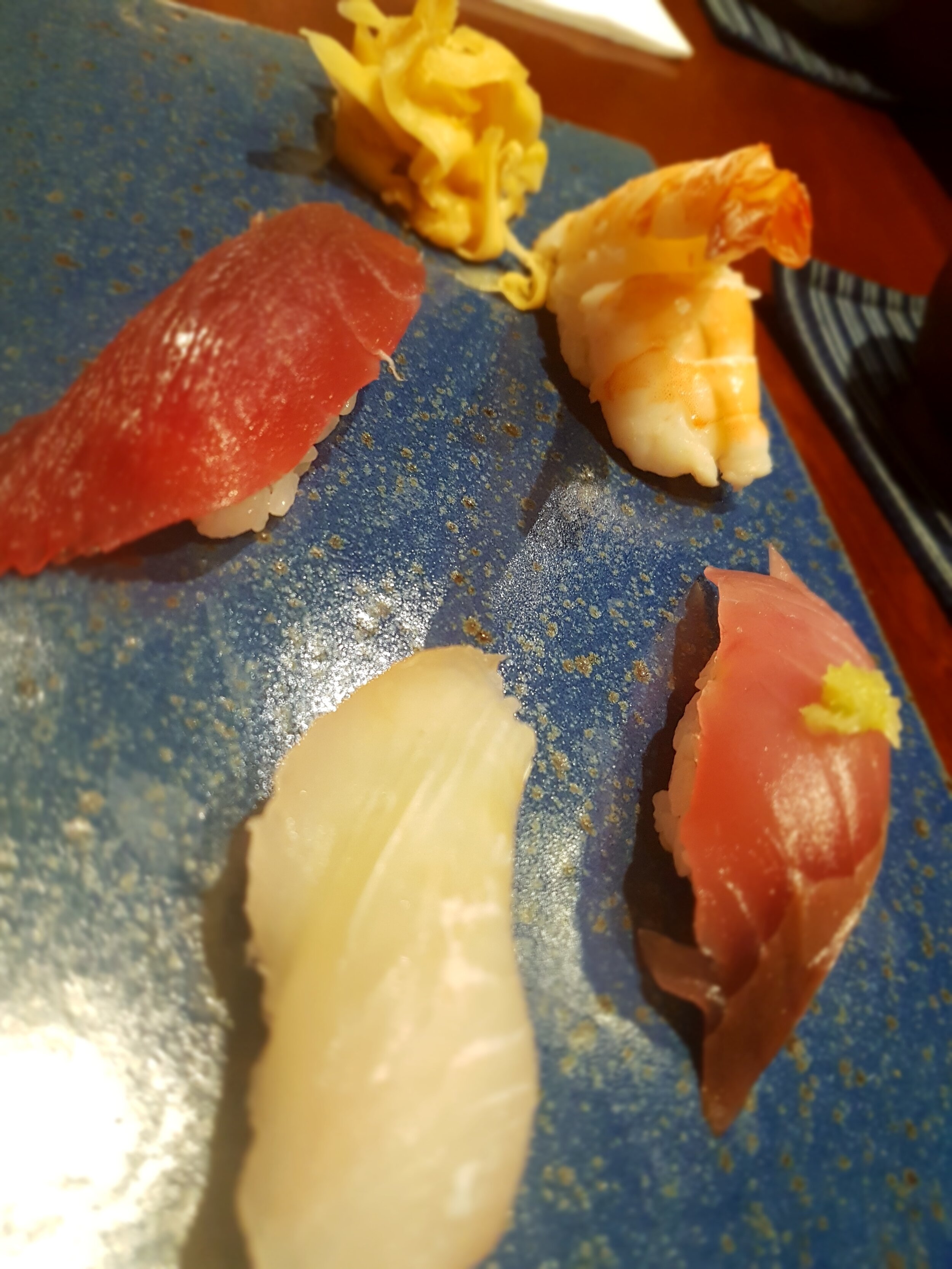


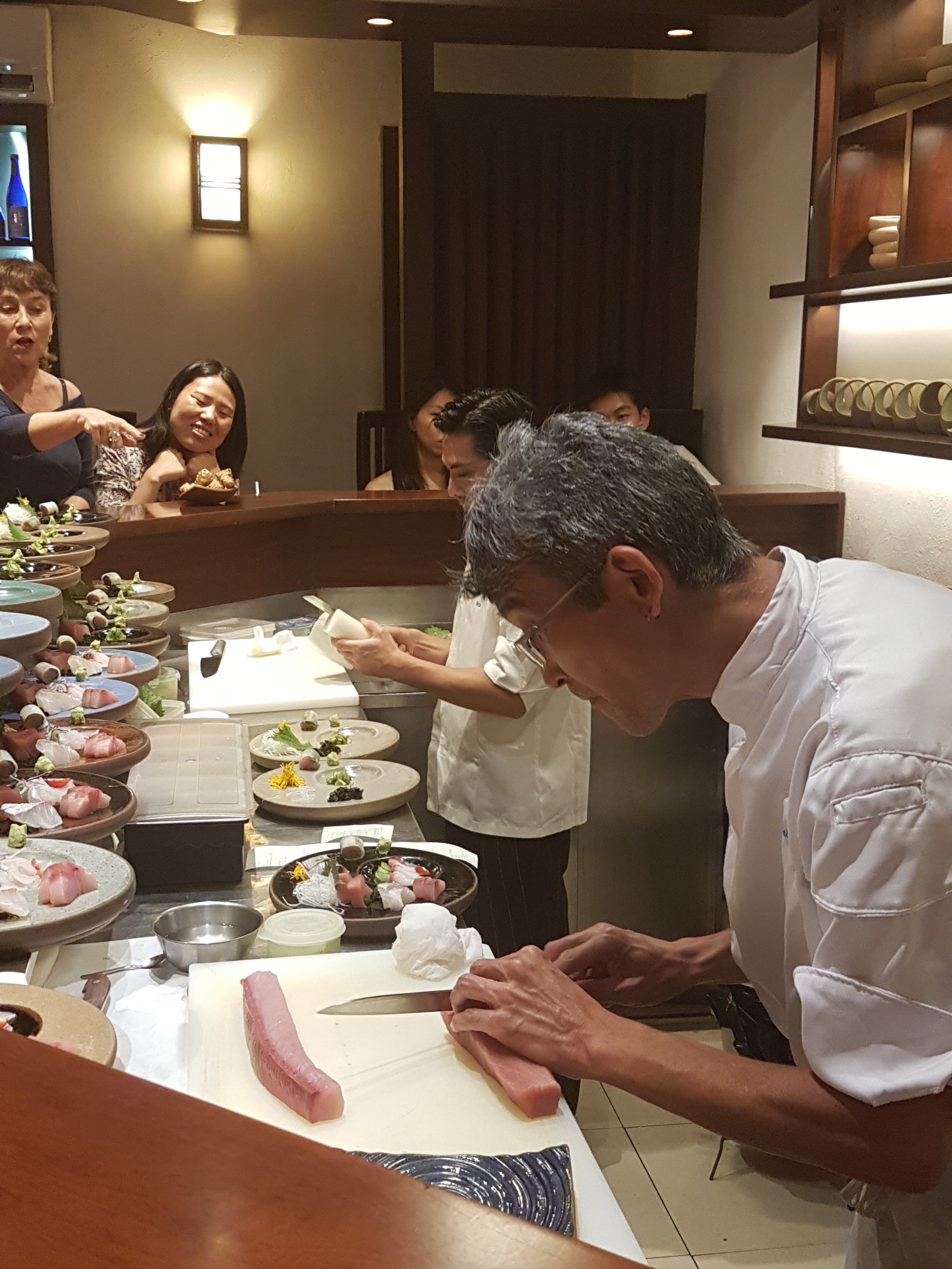
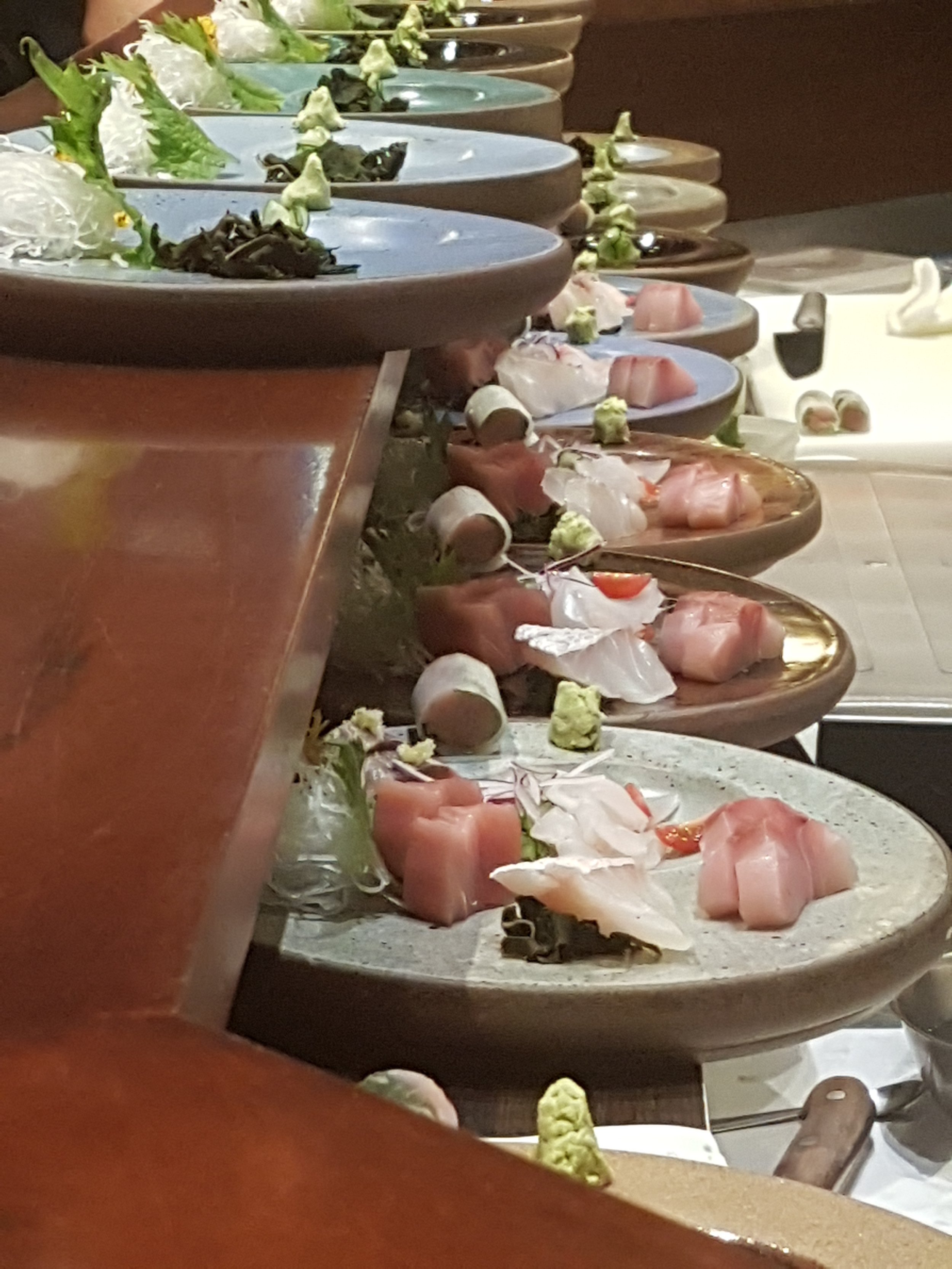

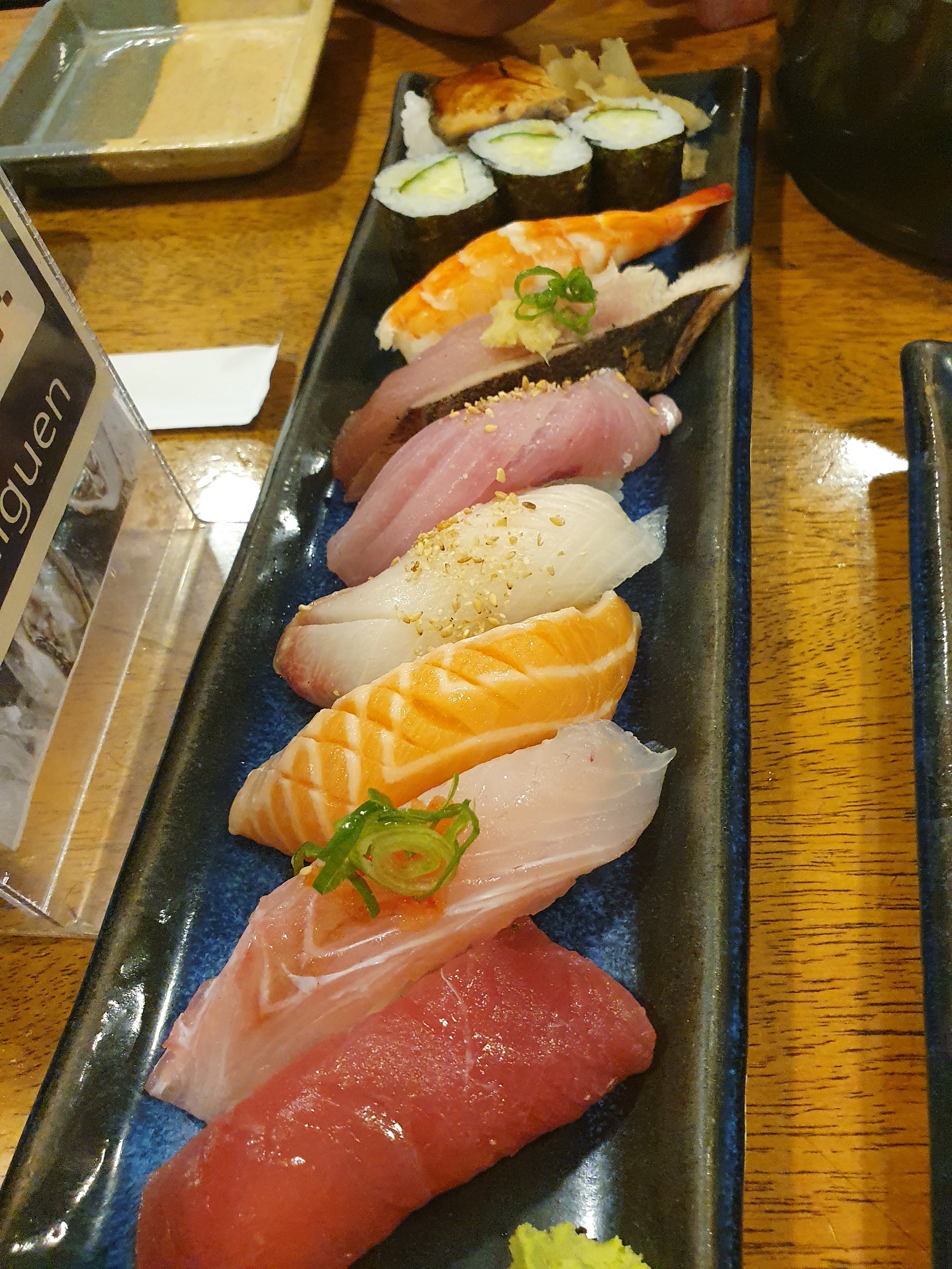

Then, there’s pizza Paulistana: with about a third of São Paulo’s inhabitants having Italian ancestry, you can imagine the variety and quality of Italian food available. Throughout the years, we’ve tried to find the best pizza in the city - we settled on three, all equal in quality and taste: hipster Braz, classic Speranza and modern Carlos Pizza. Unlike in central Europe, where people tend to order and eat their own pizzas, in São Paulo food is shared and this includes pizza. It’s often possible to combine two or three flavours in a large pizza, then each slice would be served on your plate, the exquisite explosion of taste it is. While retaining the quality of its classic origins, pizza Paulistana isn’t shy of breaking Italian cooking rules. I admit to committing a gringo move or two and trying to serve my own pizza without waiting for the waiter, a move I’m not exactly proud of. Then again, it’s hard to resist a delicious pizza sitting in front of you.
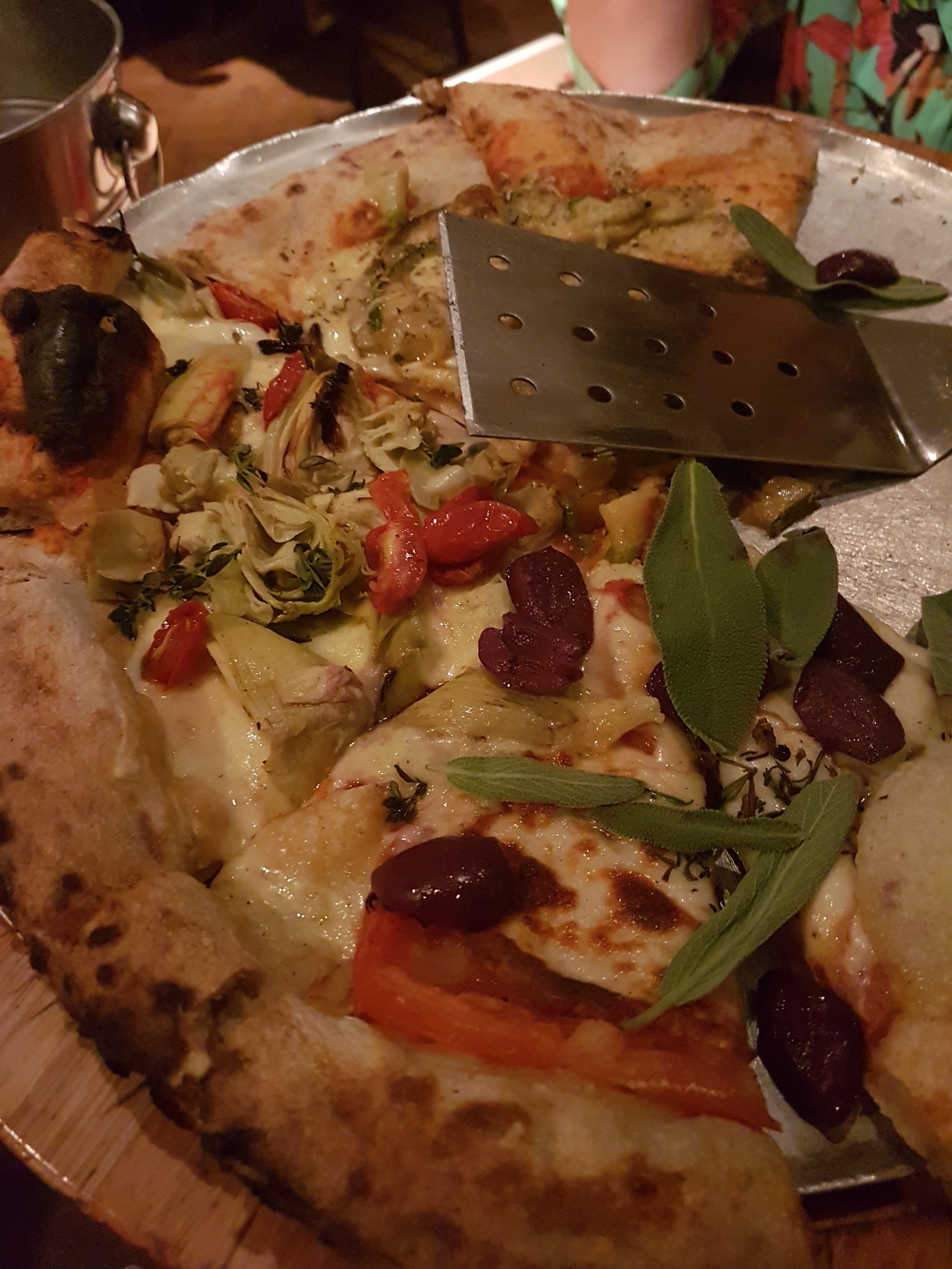
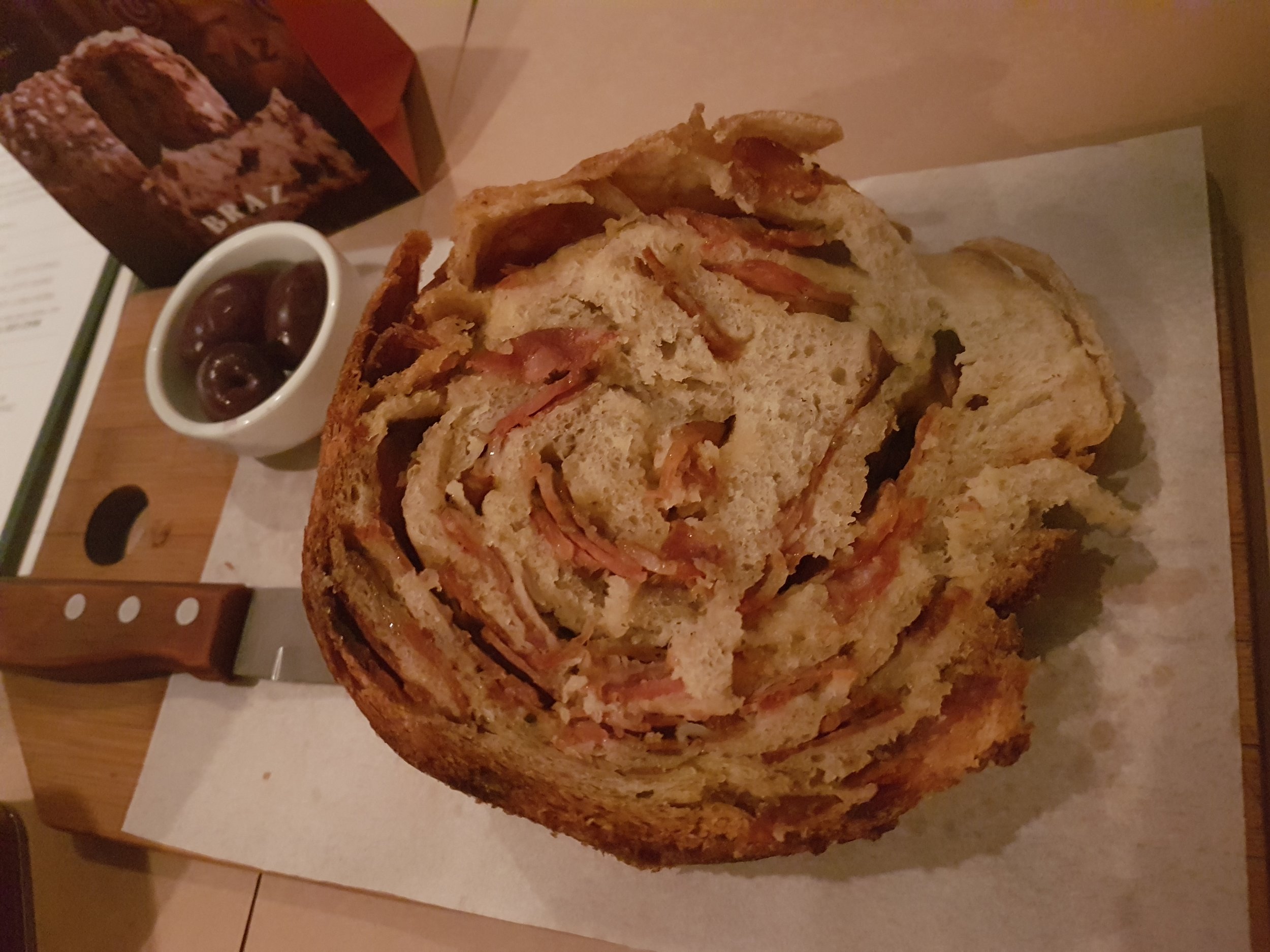

Perhaps the most well-known local food is Brazilian rodízio, an all-you-can-eat meat feast with a generous salad bar. As a pescatarian, I was rather sceptical whether I would find enough to eat, only to be completely blown away by the salad bar. Now, I’m no fan of salad, but if it includes sushi, pasta and risotto, then sign me up. Equally delicious and very common is ‘por quilo’ buffet, where freshly prepared food is served in a buffet and paid by weight. In the western world, such buffets are often low on quality: not in Brazil, though. ‘Por quilo’ buffets are full of freshly prepared produce, dishes from pasta to steak, soy dishes and fish, including many classic Brazilian recipes like rice and beans. Manai and Capim Santo were two of our favourites, though even the more basic por quilo buffets guarantee a tasty meal, but with fewer vegetarian options.
Despite a plethora of foreign fine dining restaurants, we preferred to visit Brazilian ones, especially our three top favourites.
Jiquitaia offers a modern take on northern Brazilian cuisine and makes an exceptional miso okra, torresmo (pork crackling) and possibly one of the best vegetarian stews I’ve ever had, quiabada. Among their rich selection of spirits are some of Brazil’s best cachaças and mouth-watering dishes to dream about.
Then there’s Dalva e Dito, a slightly more upscale restaurant by famous Brazilian chef Alex Atala, which marries local tradition with a modern approach to cooking. It’s a beautiful place with great food, excellent cocktails and one of those restaurants where you can see the works of the kitchen. We’ve tried most of their dishes and came back for more, as they often change their menus, always leaving more to be discovered.
If you have a chance, don’t miss A Casa do Porco Bar, which was declared one of the top-10 restaurants in the world in 2021. Our friends had often recommended it, but I found the name rather telling and expected that the vegetarian option would be either salad or garnish on a plate filled with pork. I couldn’t be more wrong. The vegetarian version of their tasting menu is the most ingeniously developed combination of flavours and textures I’ve ever tasted. What’s more, in presentation and style it follows the original version very closely, only without pork. We’ve tried both the alcohol-free and the alcoholic cocktail pairing, as well as the wine pairing. One thing is for sure, the chef doesn’t leave things up for coincidence and masters the flavours, yet doesn’t shy away from breaking the rules.
After calming your hunger, you might want to visit some of the city’s many cultural sights, from Theatro São Pedro with its excellent contemporary stagings of classic operas, the more traditional Teatro Municipal or Sala São Paulo, which is one of the world’s best venues for classical music.
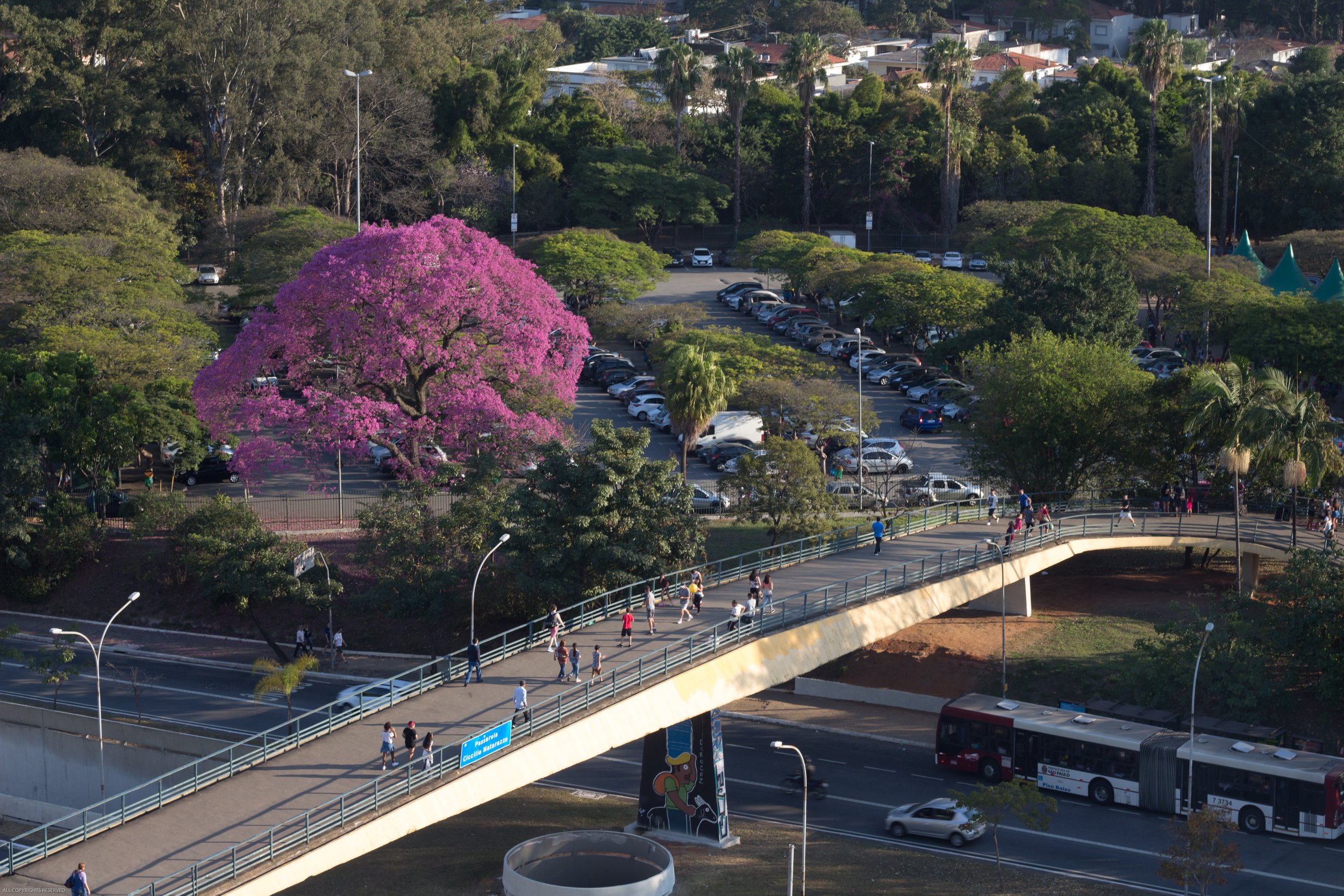
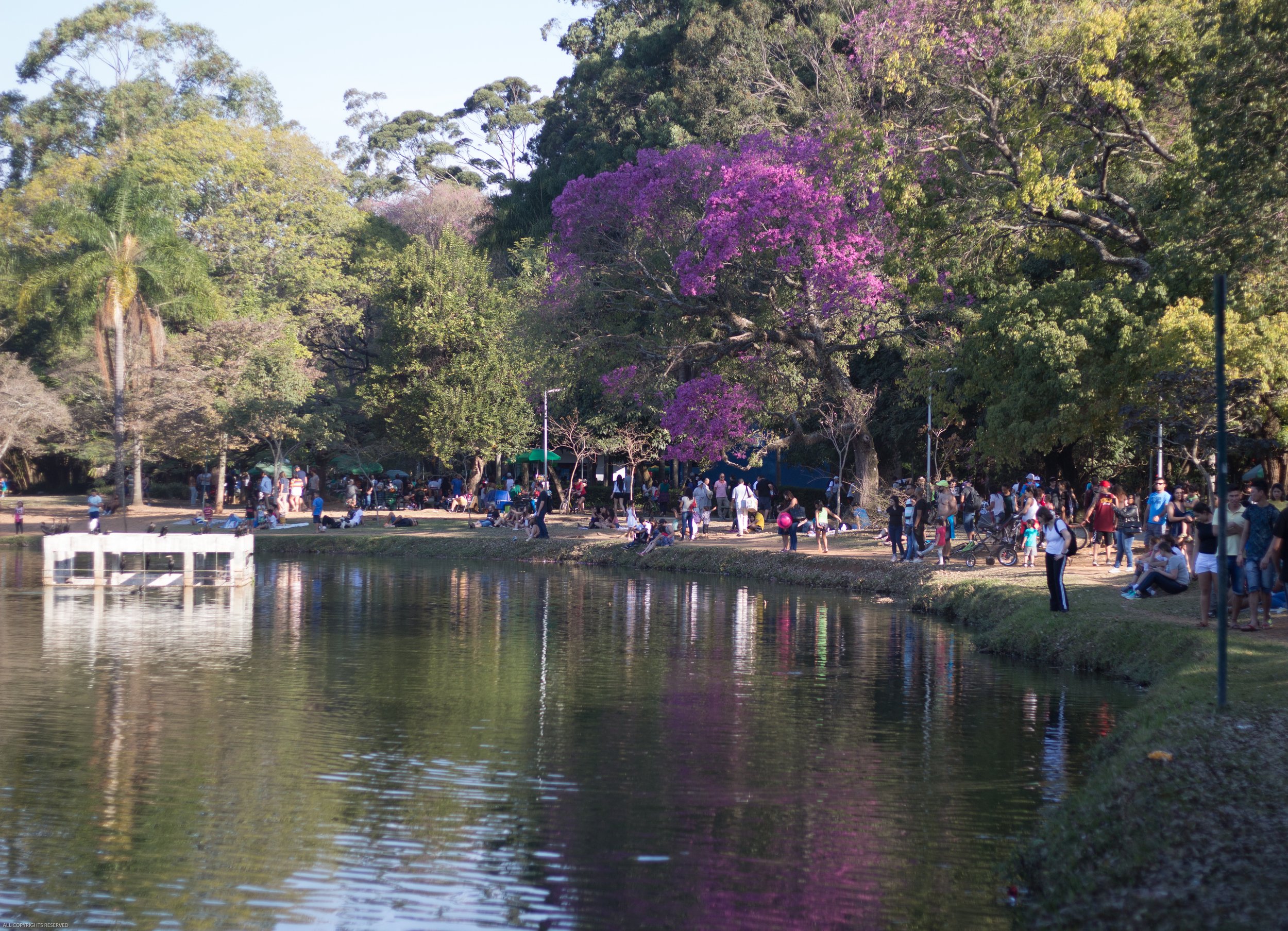



Several museums are located in one of the city’s most beautiful parks, Ibirapuera Park, and well worth visiting. MAC (Museum of Contemporary Art) for example, belongs to one of the city’s universities (São Paulo University) and is free of charge. Its vast collection of contemporary art requires at least half a day, too. There’s also the smaller MAM (Museum of Modern Art) with always interesting exhibitions and a nice restaurant in case you get hungry. The Afro-Brazil museum is a must too. If you’re lucky, you can catch a concert or a theatre play at the Ibirapuera Auditorium, which was designed by famous Brazilian architect Oscar Niemeyer. If you only have the time to visit one museum, then you can’t go wrong with MASP (Museum of Art of São Paulo Assis Chateaubriand) located right next to Paulista in an iconic building designed by Lina Bo Bardi.
On to of that, every two years, Ibirapuera Park is also the sight of São Paulo’s Bienal, which unlike its counterpart in Venice, is free of charge and open to everyone, including guided tours. Book lovers will not want to miss visiting Livraria Cultura, the biggest bookshop in Latin America.
The many faces of the city come alive as you visit different neighbourhoods: historic downtown, with its iconic buildings like Niemeyer’s Copan or the Itália building next door, pulses with a different beat than Liberdade, just a few blocks away, with its Asian-style street lamps, colourful stands and food markets or the hipster Pinheiros.
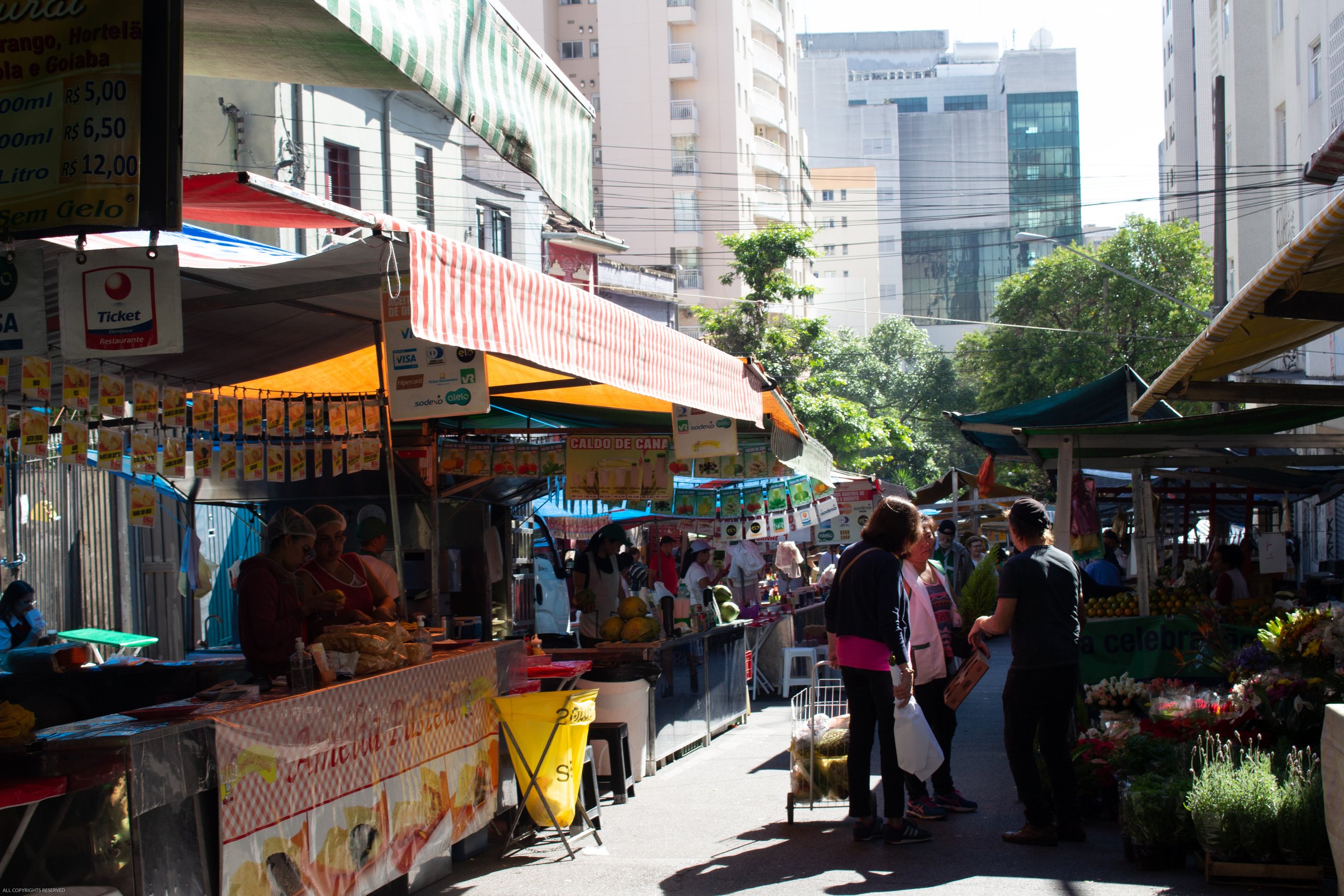


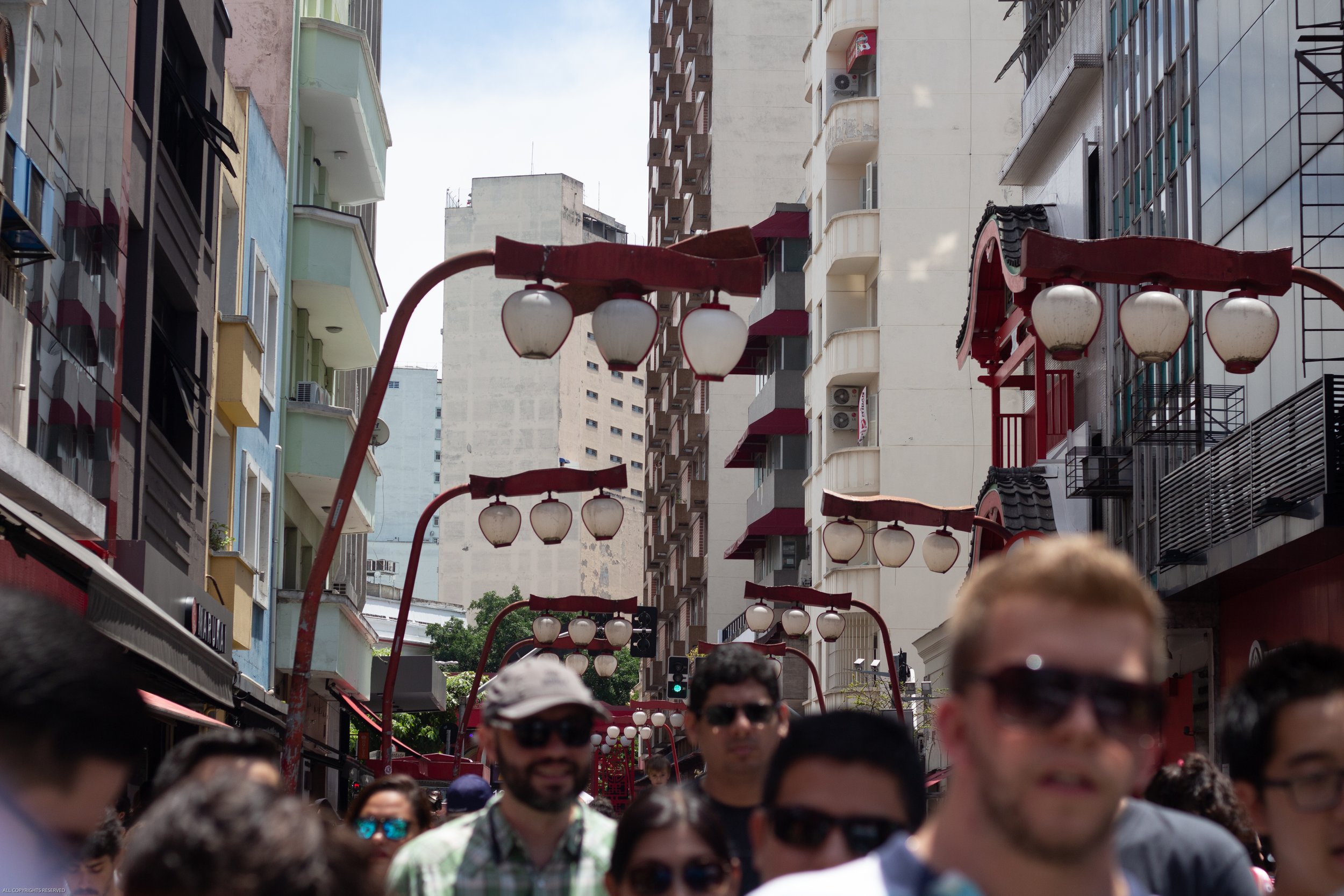

Sundays at Paulista Avenue are not to be missed, as the avenue becomes the venue for artists and performers, imbuing the city with a festival-like feel, offering everything from chair massages, dance lessons and art to free hypnosis and performances.

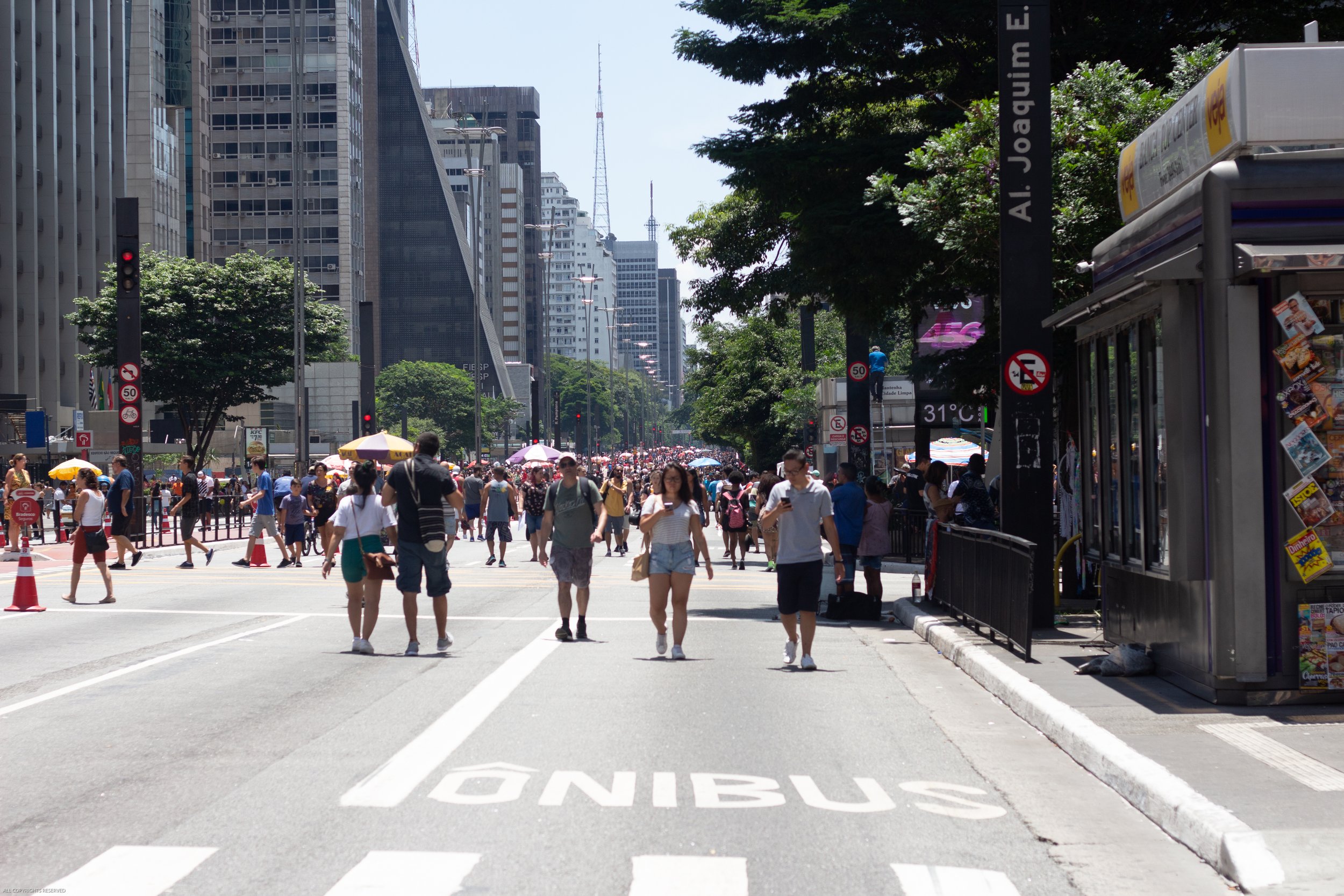

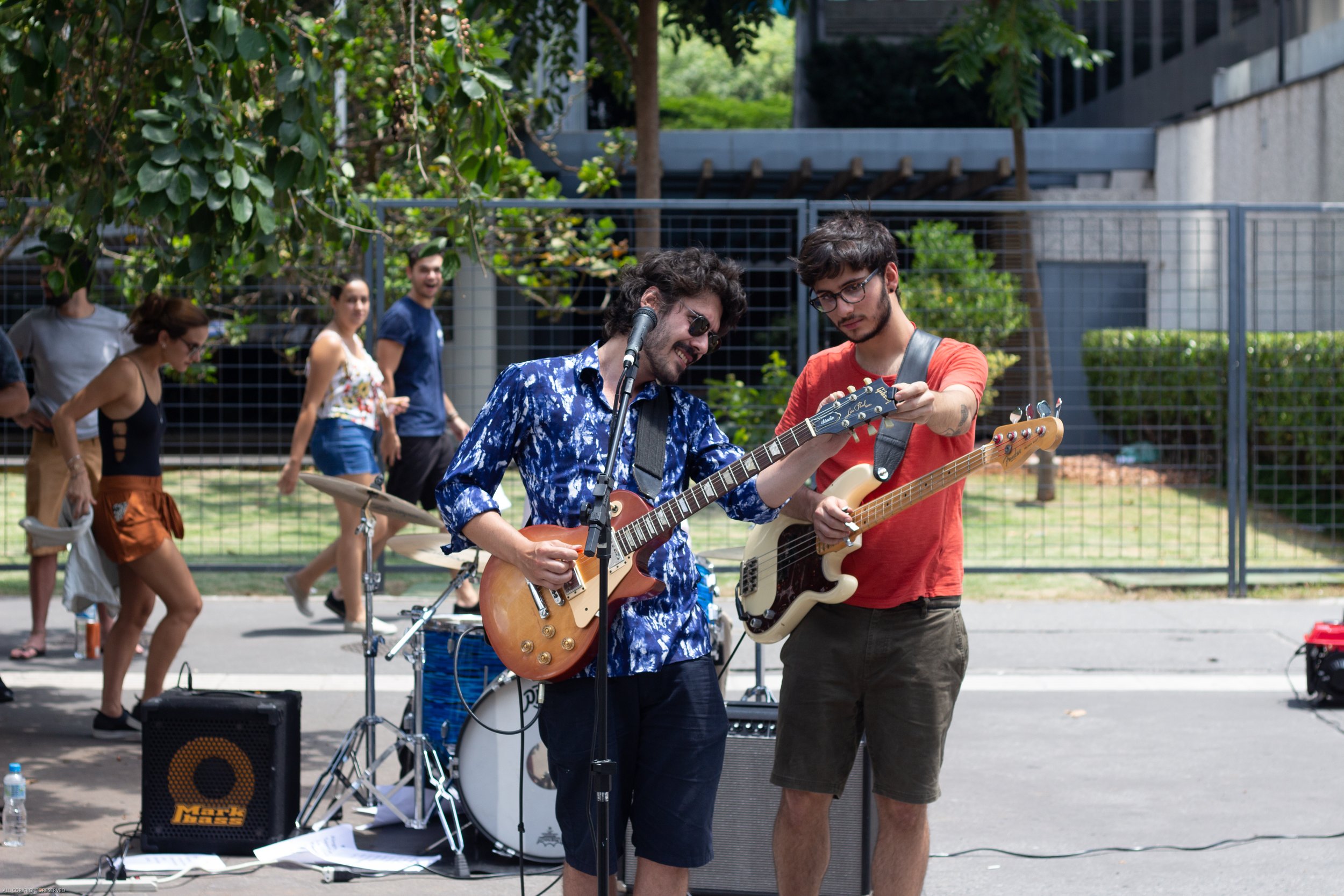
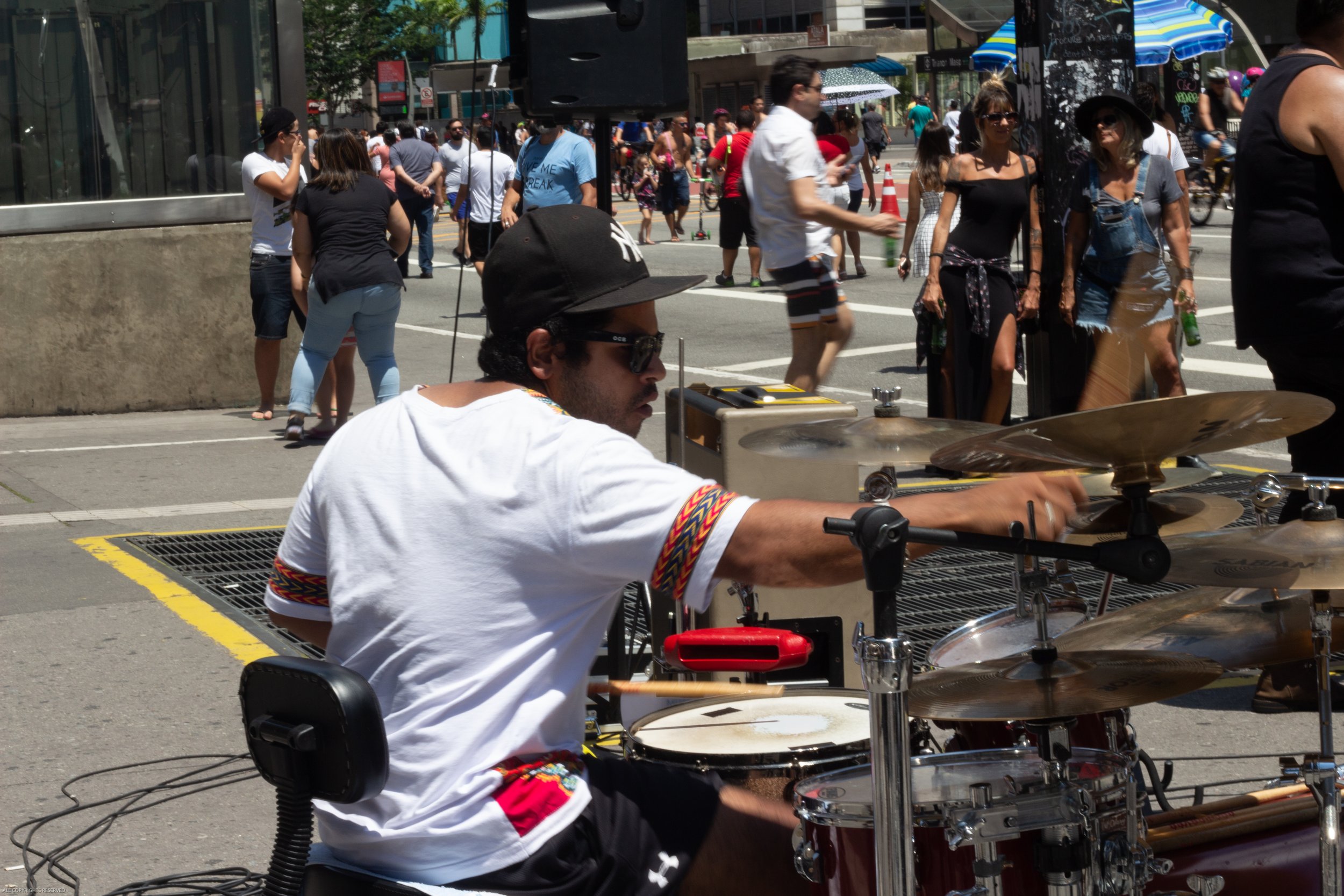
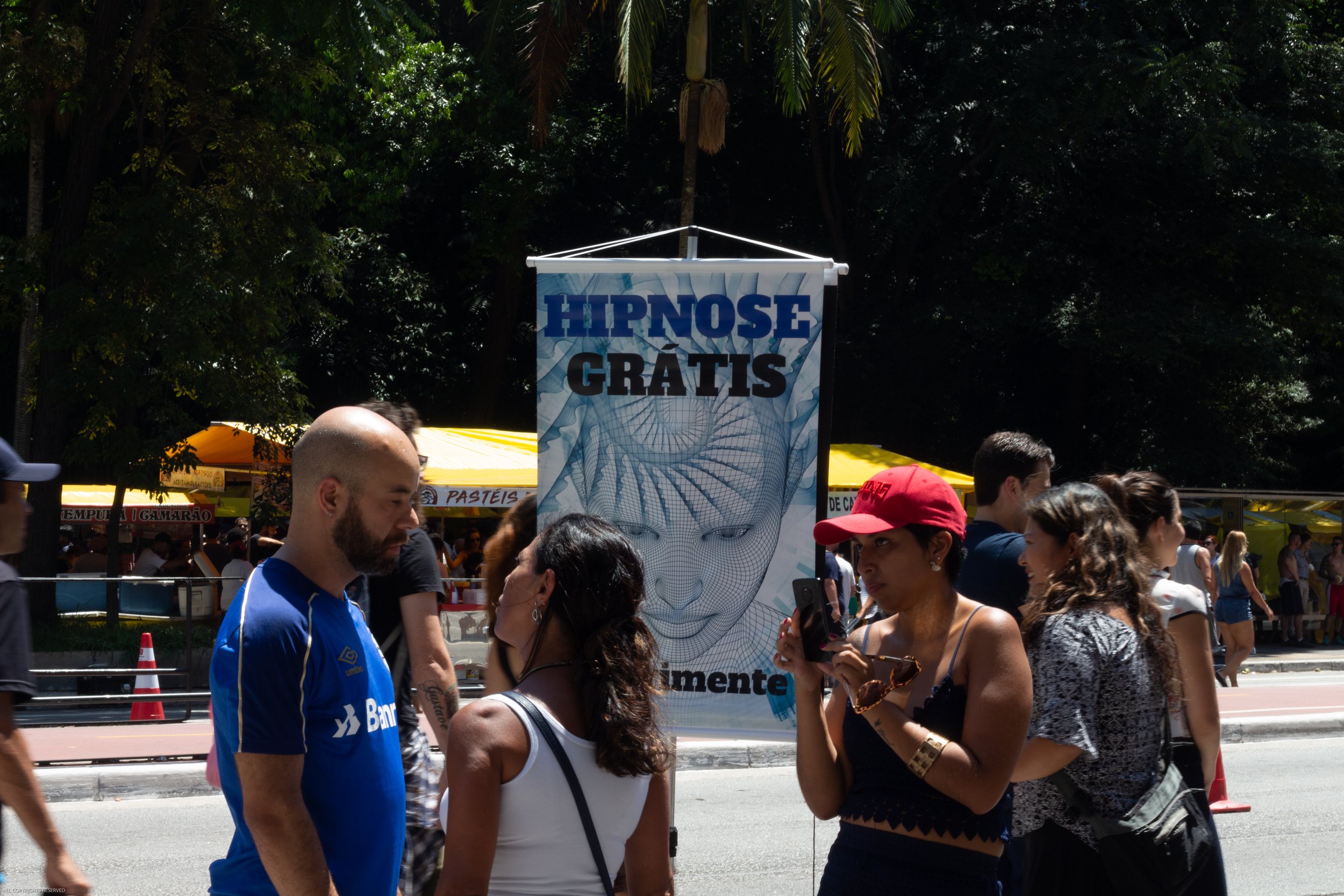




São Paulo is a metropolis with the cultural vibe of New York, the culinary allure of Lyon and a population bigger than New Delhi, so it would be unfair to try to cram it all into one post, which is why I won’t. As I’m saying goodbye to this grand city, expect a series of posts, shedding light on some if its finest treasures.






